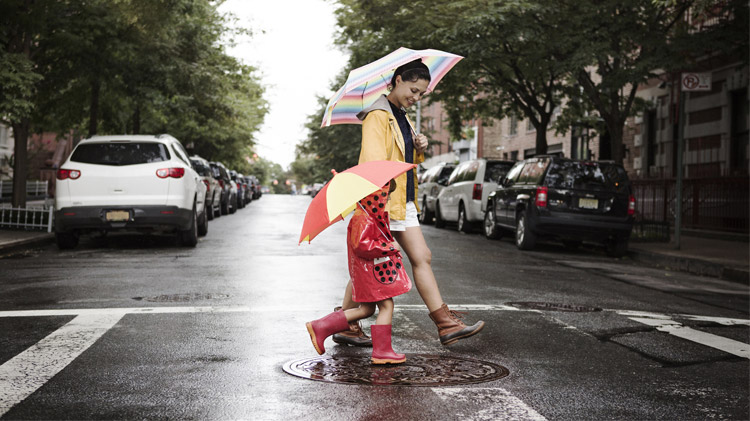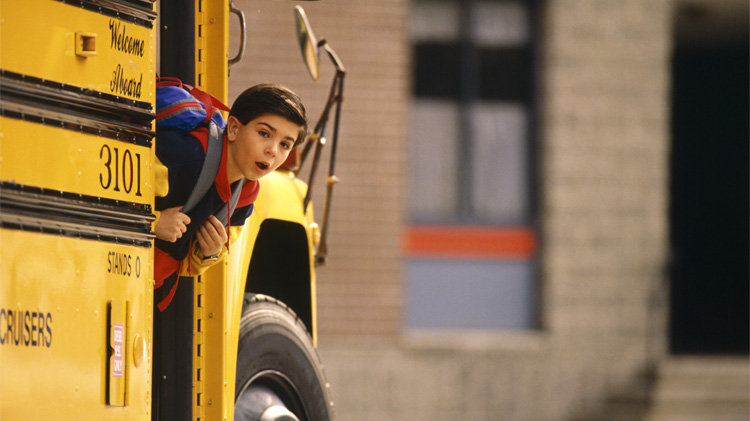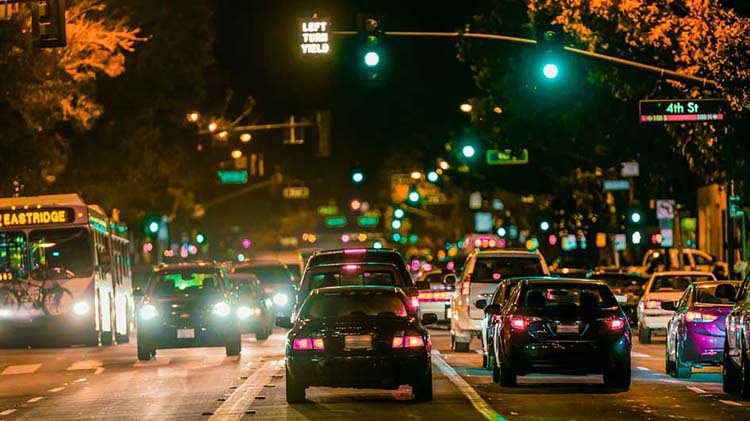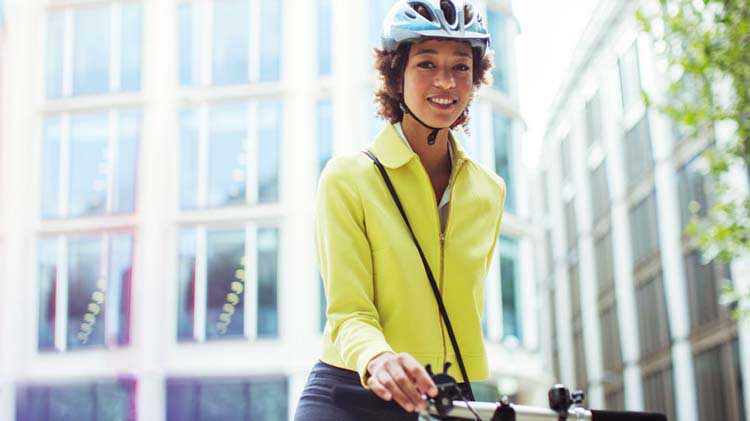Pedestrian safety tips
Pedestrian safety while driving or walking is important.
Knowing pedestrian safety guidelines can help reduce the potential risks that come into play when you step onto the sidewalk. Read on to prioritize pedestrian safety for yourself and others.
On top of the many serious injuries sustained by pedestrians in the United States in 2022, the Governors Highway Safety Association estimates there were 7,508 pedestrian deaths. So wherever your destination may be, it’s good to take some simple steps to help keep you and your loved ones safe.
Safety tips for pedestrians
- Use sidewalks. When available, they are the safest place to walk. If no sidewalk is provided, it's usually safer to walk facing road traffic, as far left as possible, using extreme caution. Stay off freeways and other restricted zones.
- Be visible. Wearing light-colored clothes with reflective materials may help you stand out to drivers. If you're in a very dark area, you might want to carry a flashlight to help see where you're going and increase your visibility.
- Stay alert. There are many distracted drivers on the road, so be aware at all times. Don't allow your vision to be blocked by clothing, hats or distractions on your cell phone. Make eye contact with drivers before crossing to confirm they can see you and pay attention to their turn signals.
- Avoid alcohol and drugs. They can greatly impair your ability to walk safely and make good decisions. This also includes some over-the-counter medications. Read labels and check with your doctor to understand potential side effects or interactions.
- Cross streets at a corner. While it may be tempting to cross mid-block, this is where many injuries occur. Using traffic signals and crosswalks is much safer, especially in high-traffic areas.
- Look both ways. Look left, then right, then left again before crossing. Keep your eyes open as you cross and be aware that drivers might not see you even though you can see them.
- Be especially careful at intersections. This is where many drivers may fail to yield the right-of-way while turning onto another street. If there is a pedestrian signal, watch and follow the pedestrian signal rather than the traffic signal.
- Always avoid texting and using the internet on your phone while walking. When walking or crossing a street, avoid cellphone and headphone use so you can be observant of your surroundings. Texting while walking is distracting and makes it difficult to watch for traffic and obstacles in your path.
- Watch out for parked vehicles. Parking lots can be especially dangerous as many drivers have a limited view when backing out. Drivers may not be expecting anyone to be walking there and extra attention is needed.
- Be predictable. Your next move should be obvious to the driver. Effective non-verbal communication such as a simple wave can help make the difference in a driver/pedestrian interaction.
Pedestrian safety tips for drivers
- Be aware of children. Pedestrian safety for kids can be difficult as they are often impulsive and can dart out in the street at any time. Follow the speed limit and be especially cautious around residential neighborhoods and school zones.
- Yield to pedestrians. When making a turn and waiting for an opening in traffic, be aware that pedestrians may have moved into your path. Pedestrians always have the right-of-way — wait for them to safely reach the sidewalk before proceeding with your turn.
- Be cautious around driveways and alleys. When entering and exiting, these can be very difficult places to spot pedestrians. Keep a close lookout, and if you can't see clearly, slow down.
- Reduce distractions. Spotting pedestrians requires your full attention. Using a cellphone, eating and drinking, talking to passengers, reading a map, or changing the radio station makes your driving more distracted, difficult and dangerous. If you are using a navigation app on your phone, set your destination before you begin driving.
- Approach crosswalks carefully. If a pedestrian is crossing or about to cross, stop well before you reach them so drivers in other lanes also have time to yield. Never pass another vehicle that has stopped for pedestrians.
- Follow the speed limit. Abiding by speed limits increases a driver's ability to watch for pedestrians and adjust for curves or objects in the roadway to help avoid dangerous situations. Plan and allow for extra time to get to your destination, take time to call ahead if you're running late and always follow the speed limit.
- Be vigilant in low-visibility conditions. Take extra precautions to spot pedestrians when driving at night or in weather conditions that reduce your ability to see, like driving in fog, rain or snow.
- Never drink and drive. If you drink and drive, you're compromising cognitive ability and responsiveness, which increases your risk of hitting someone or having an accident.
- Exit carefully. Once you’ve arrived at your destination, especially if you’ve parked on the street, be aware of your surroundings and check your mirrors to allow for a smooth transition from driver to pedestrian.
Remember, being aware of your surroundings is important no matter how you get around. Common sense and good judgment can help everyone safely share the road.




